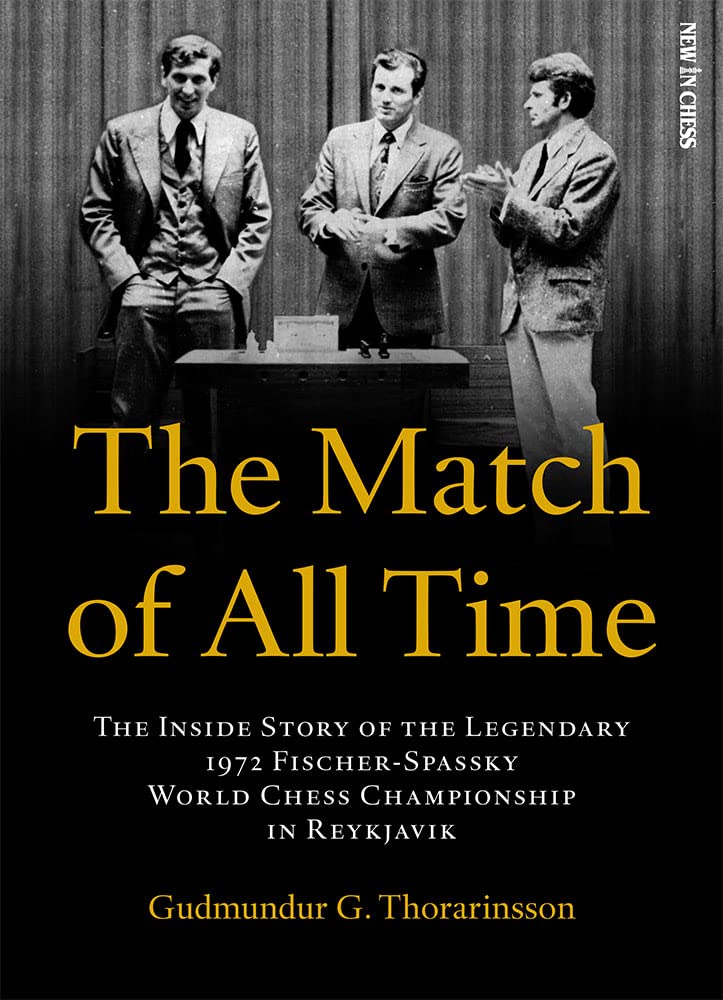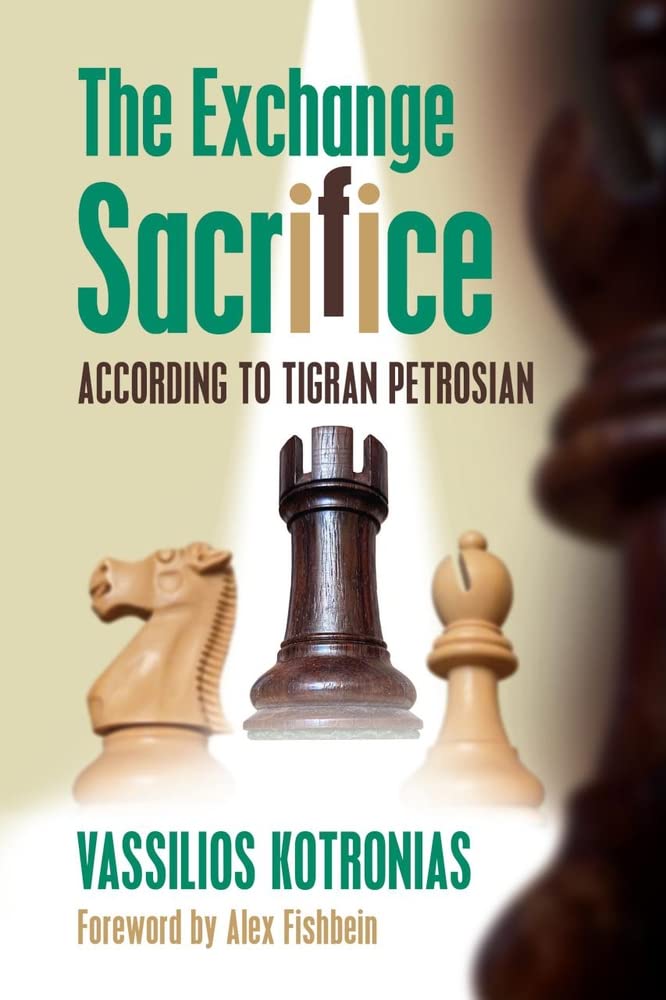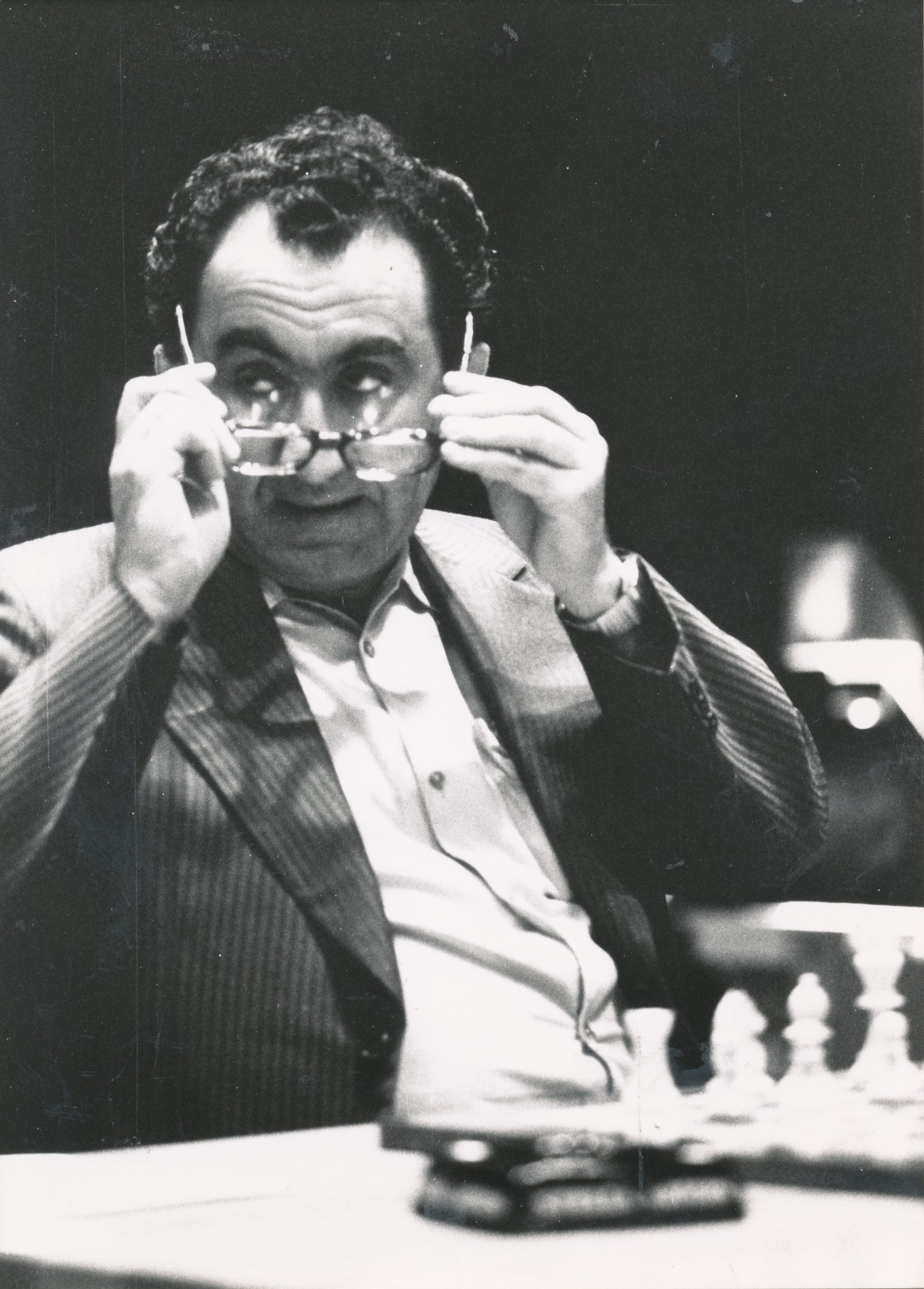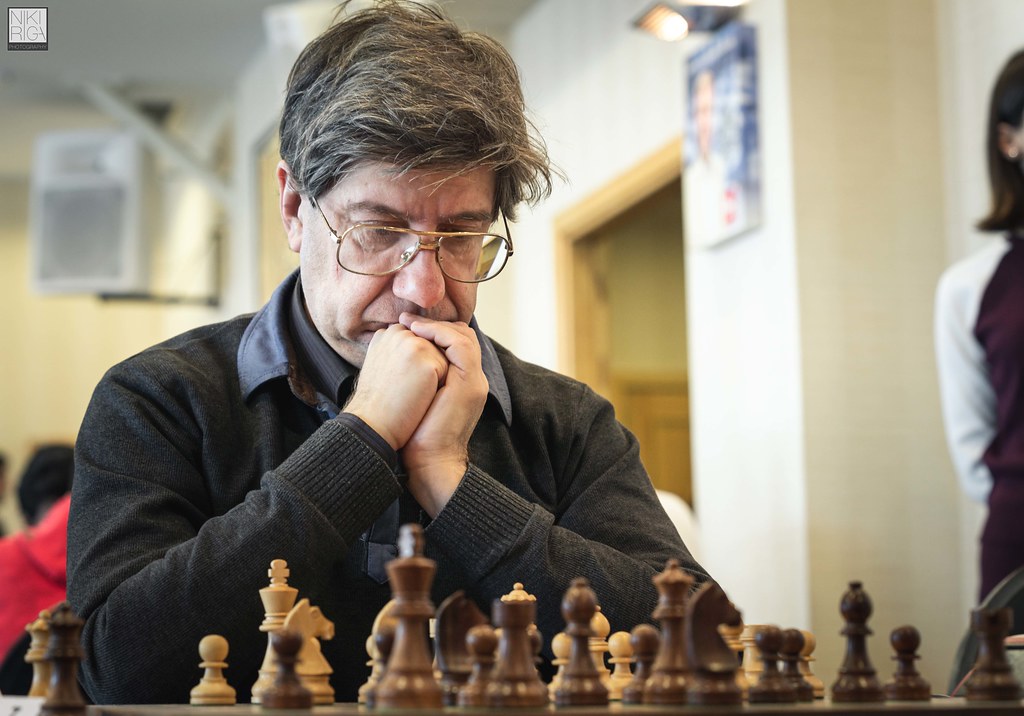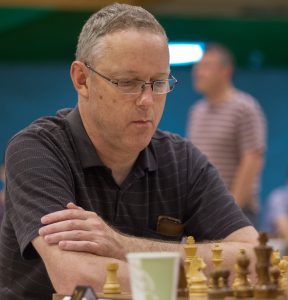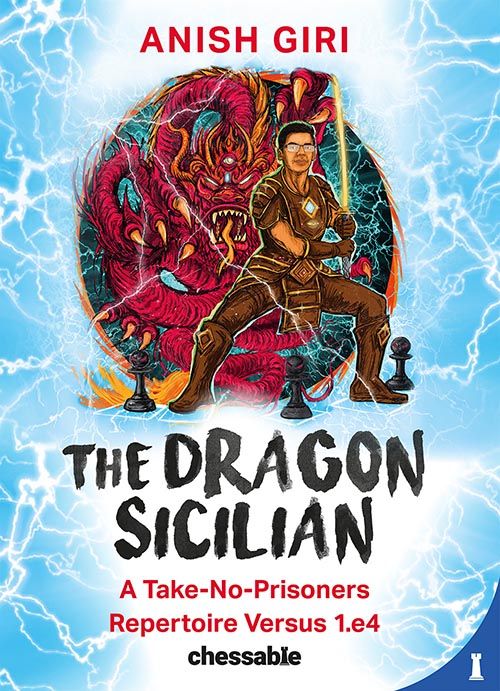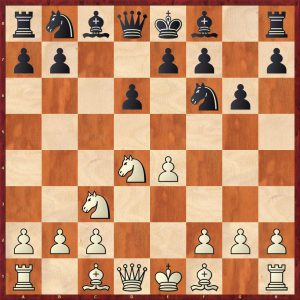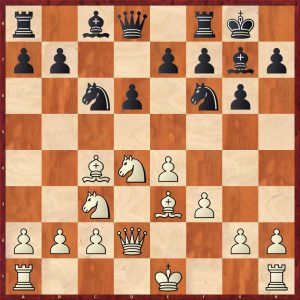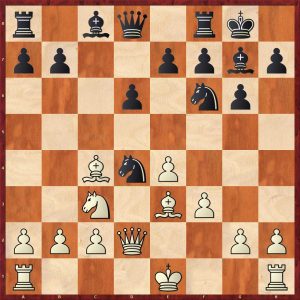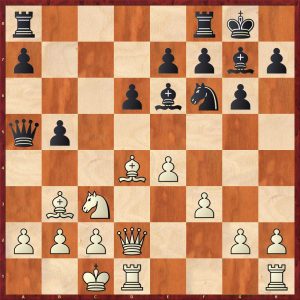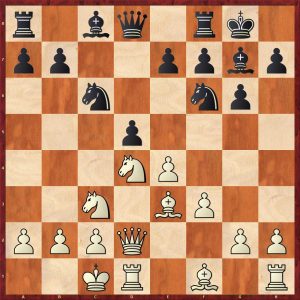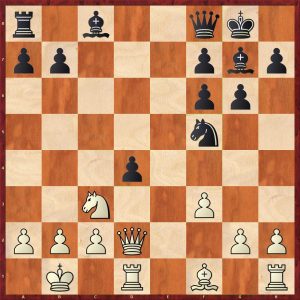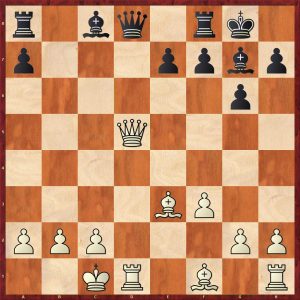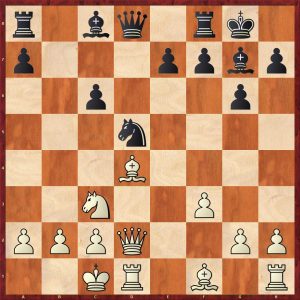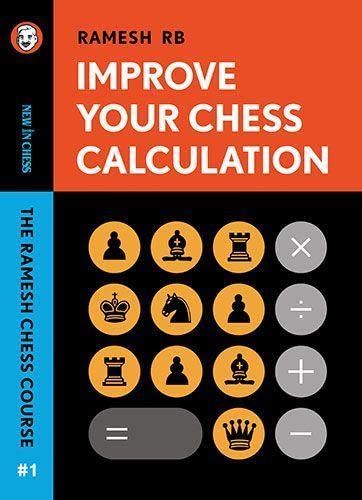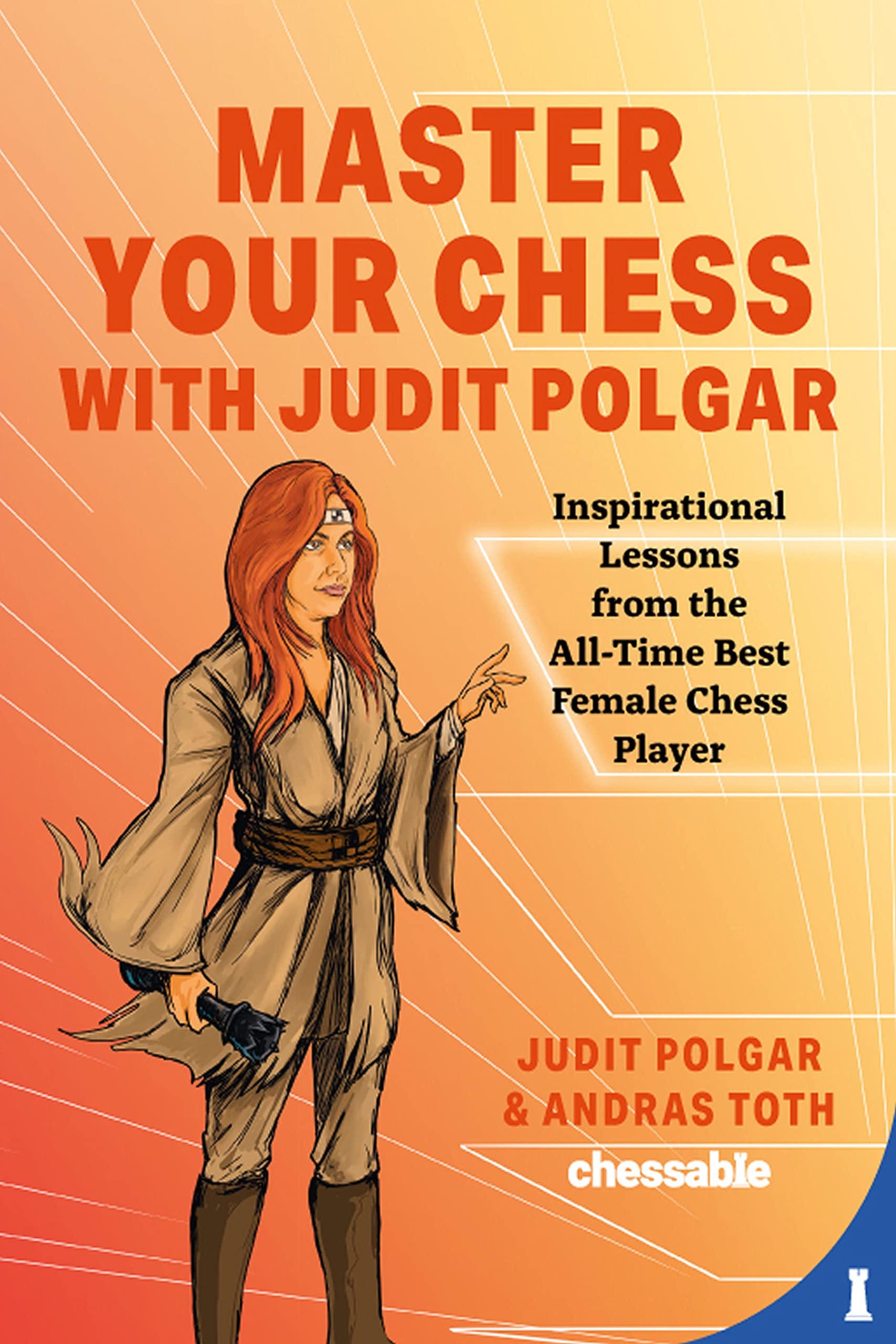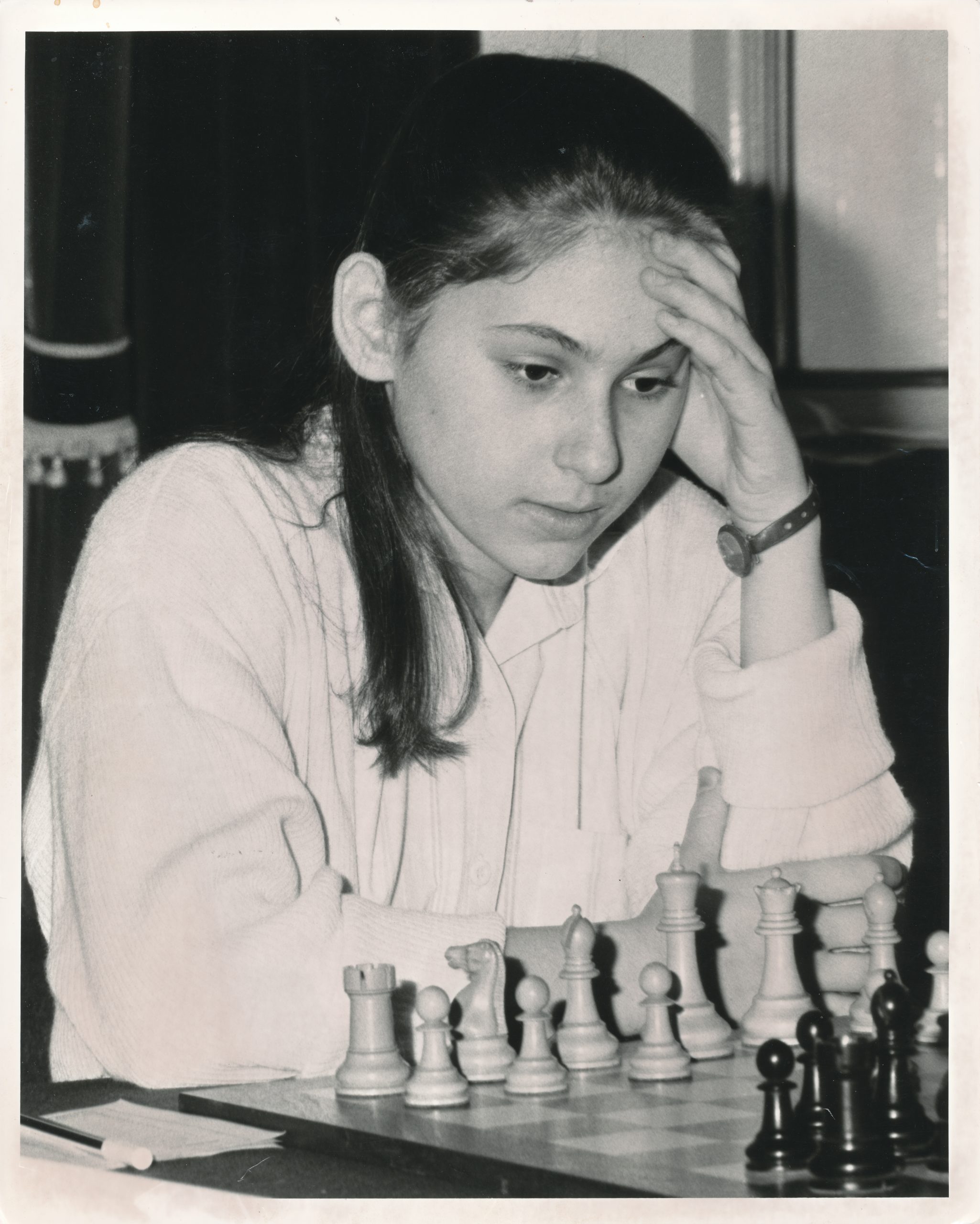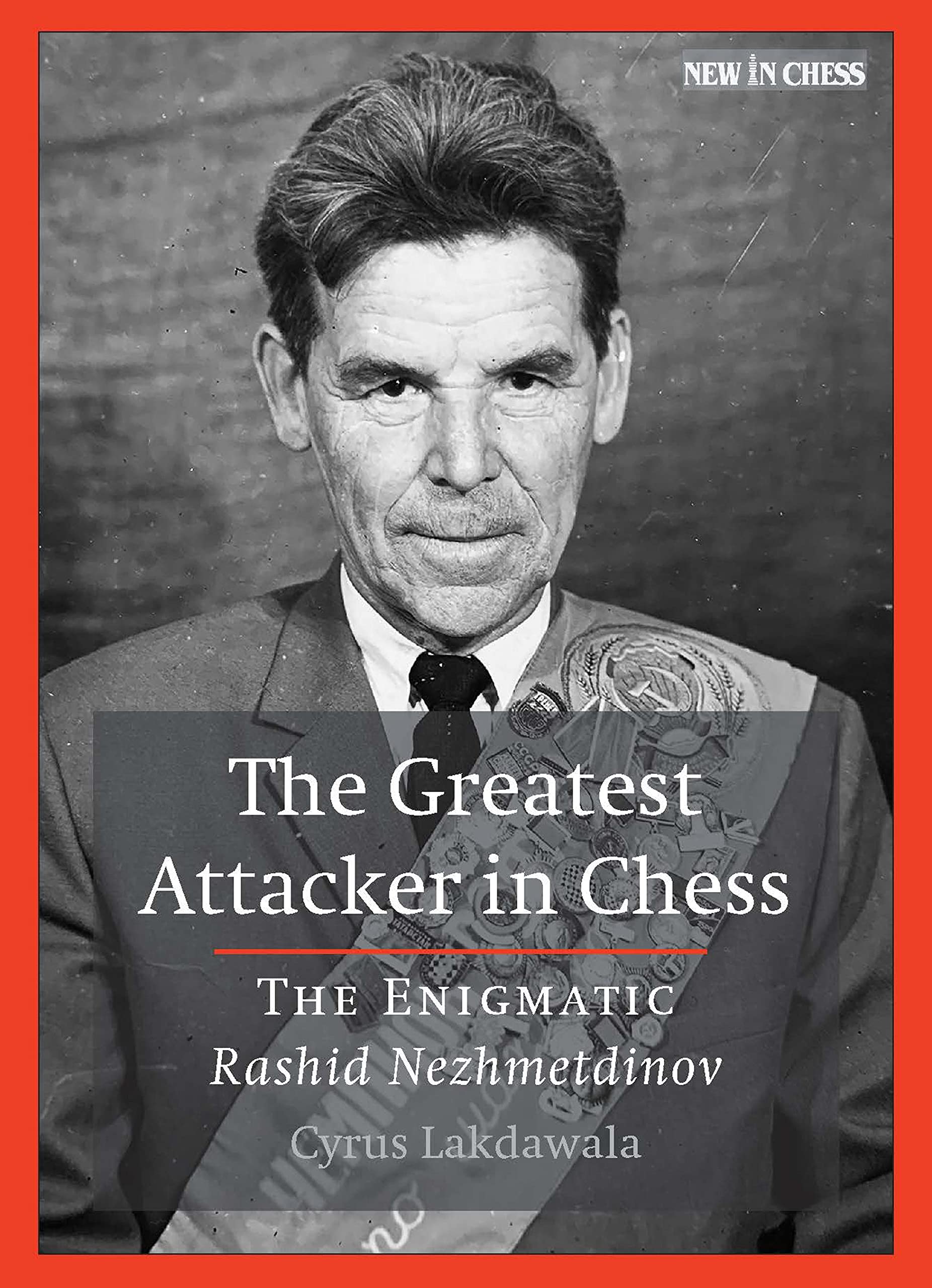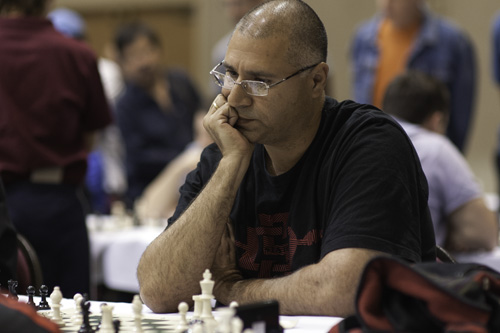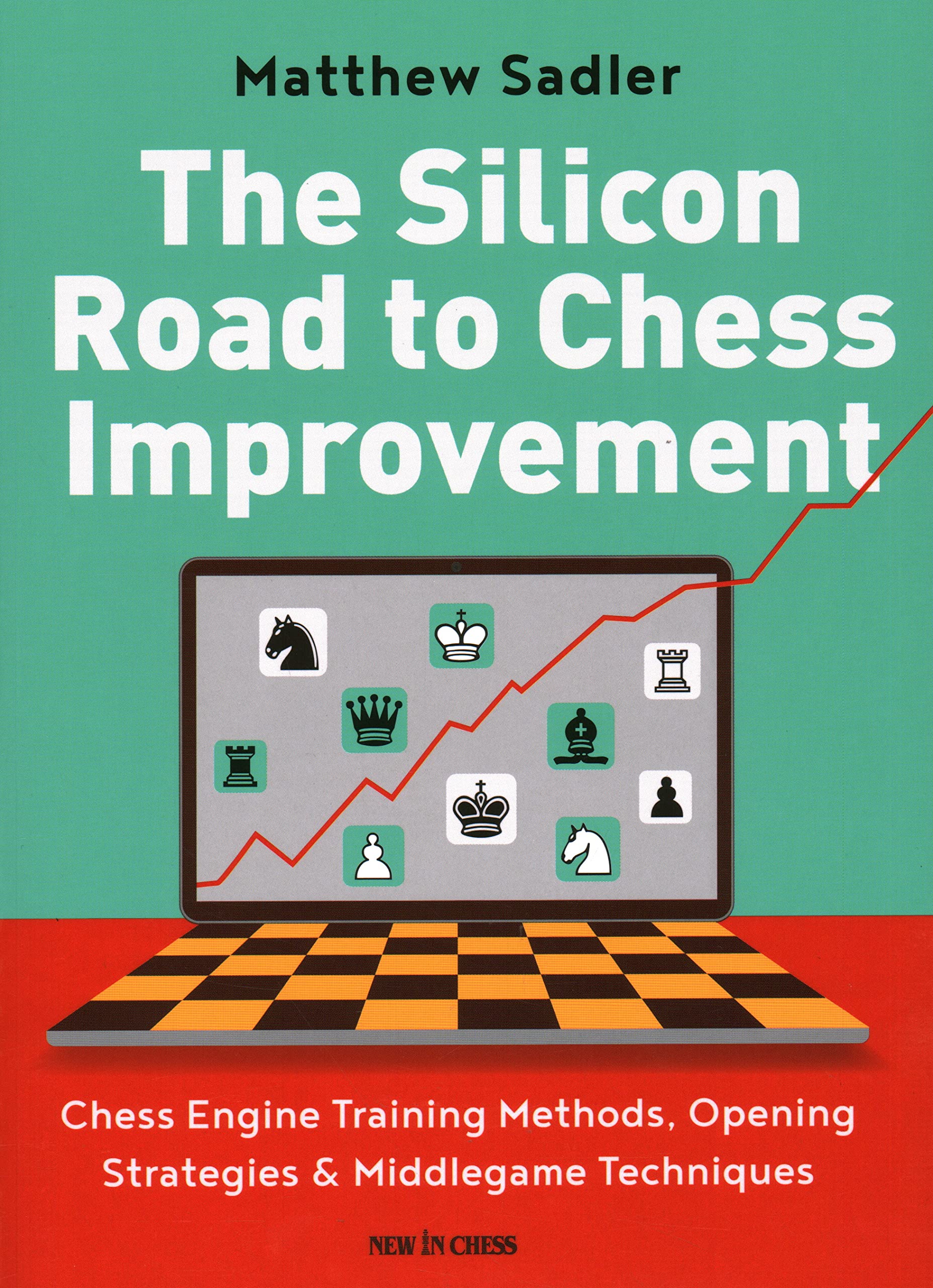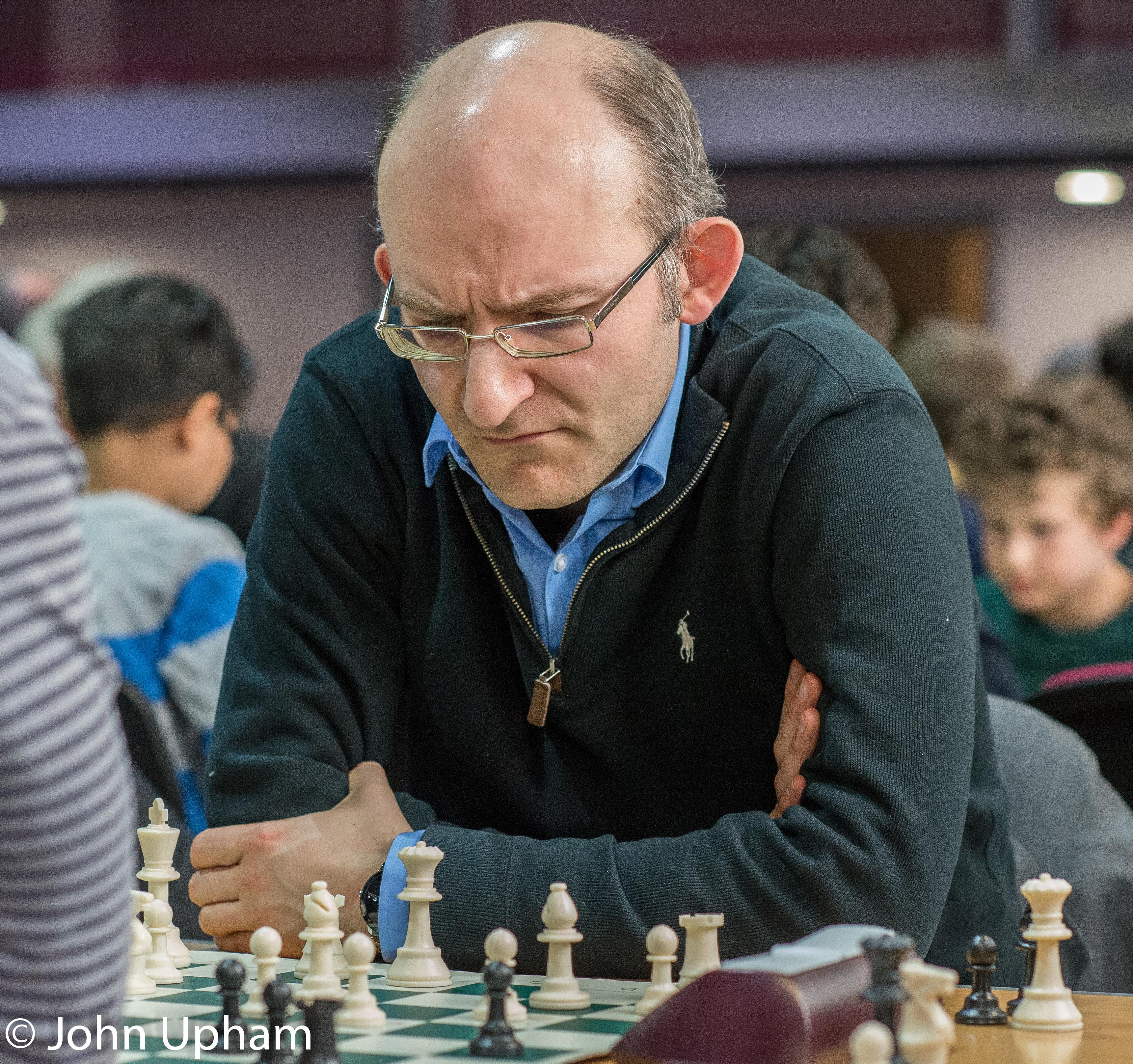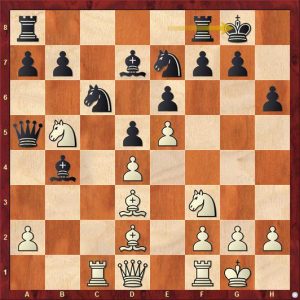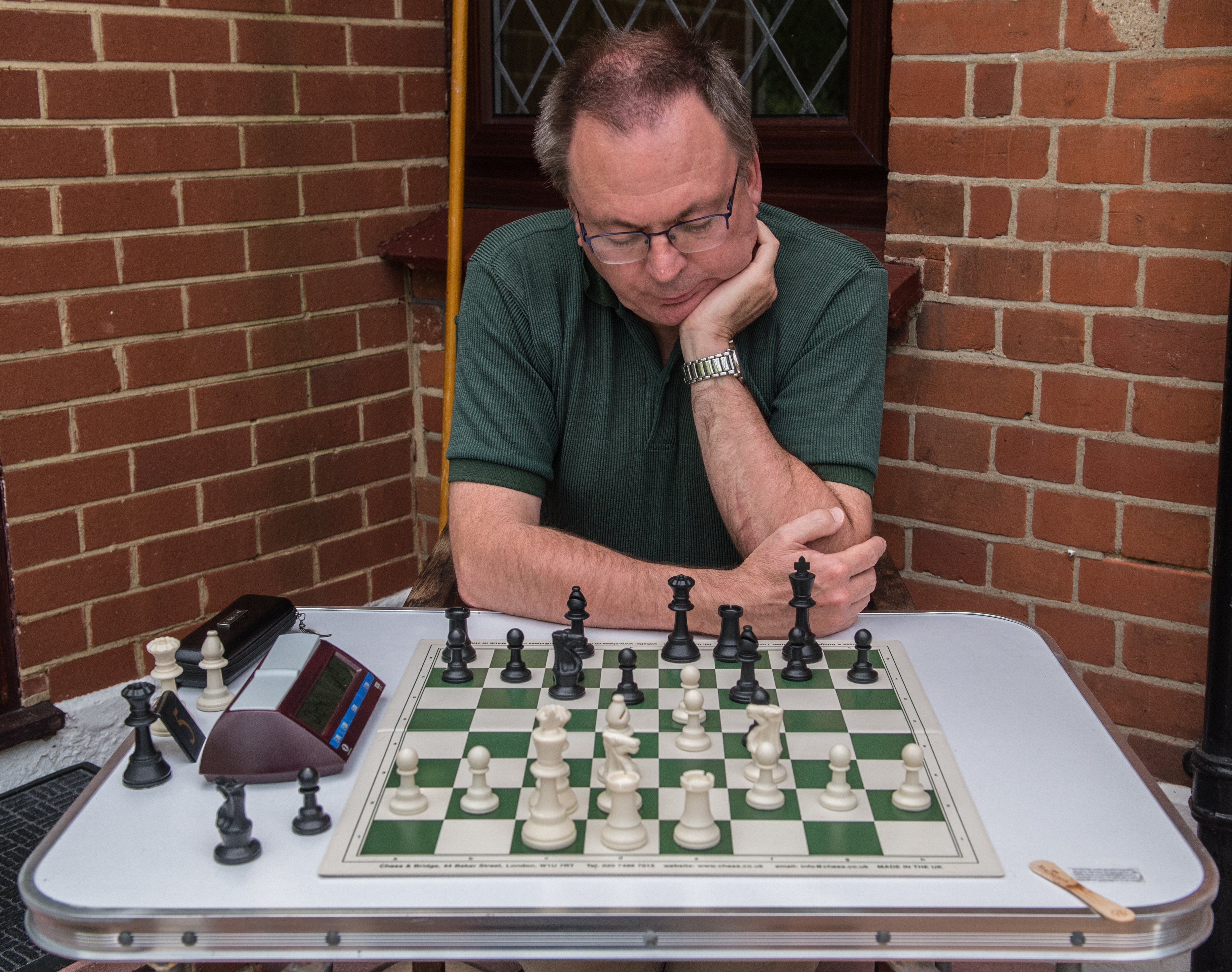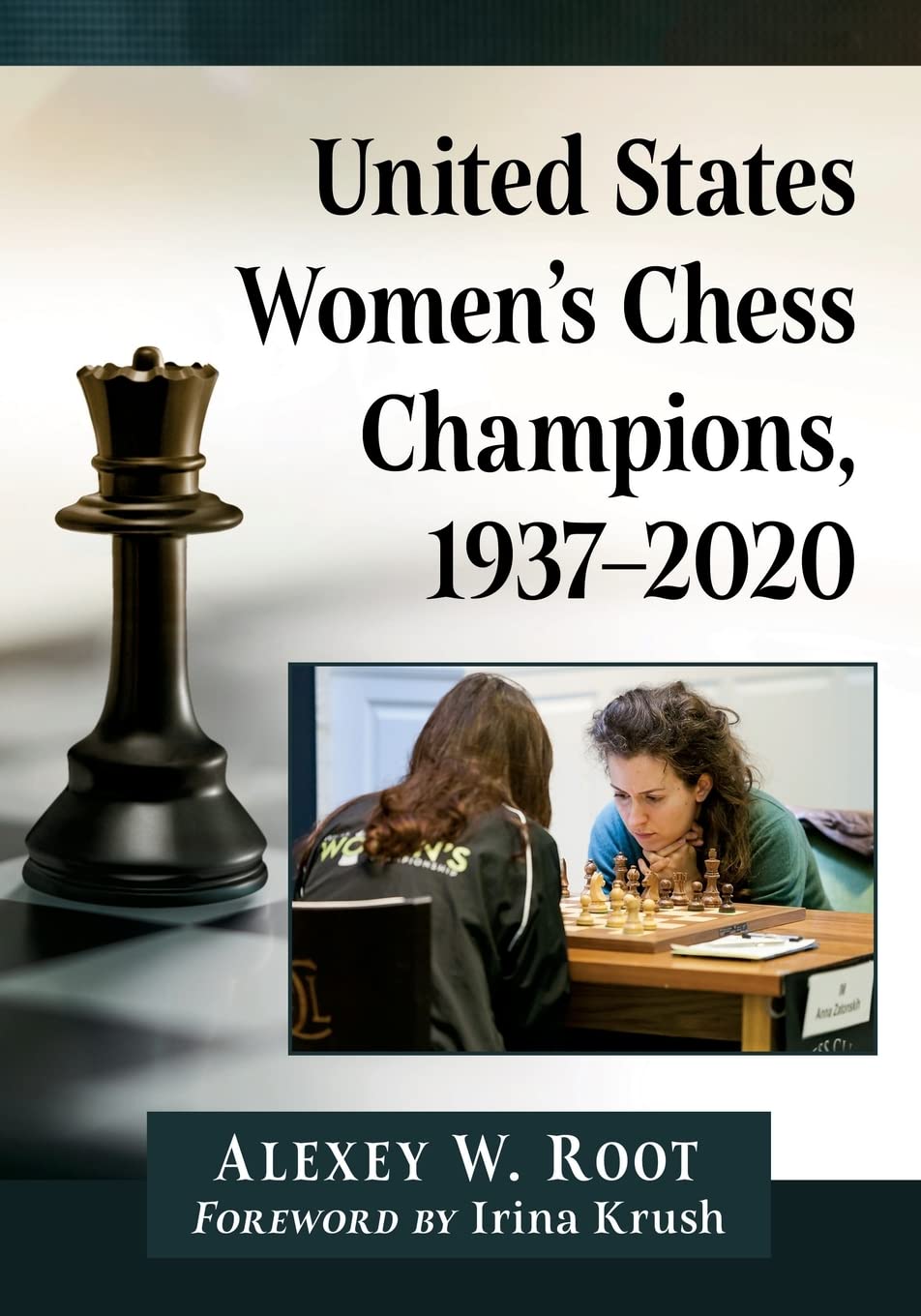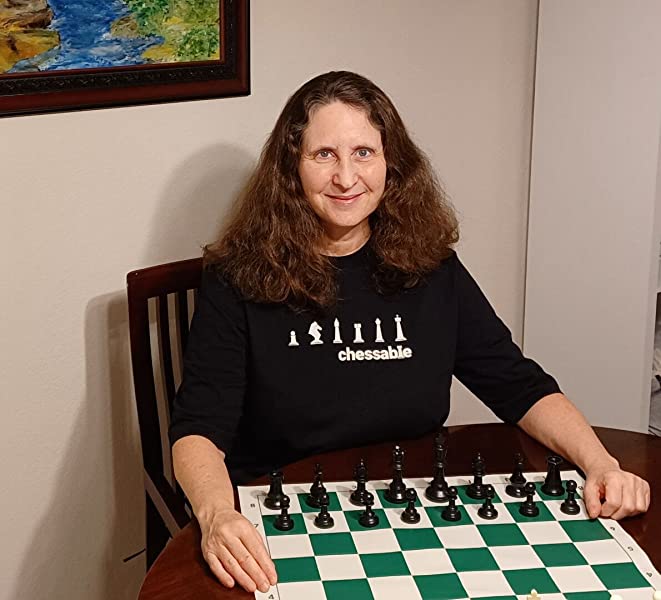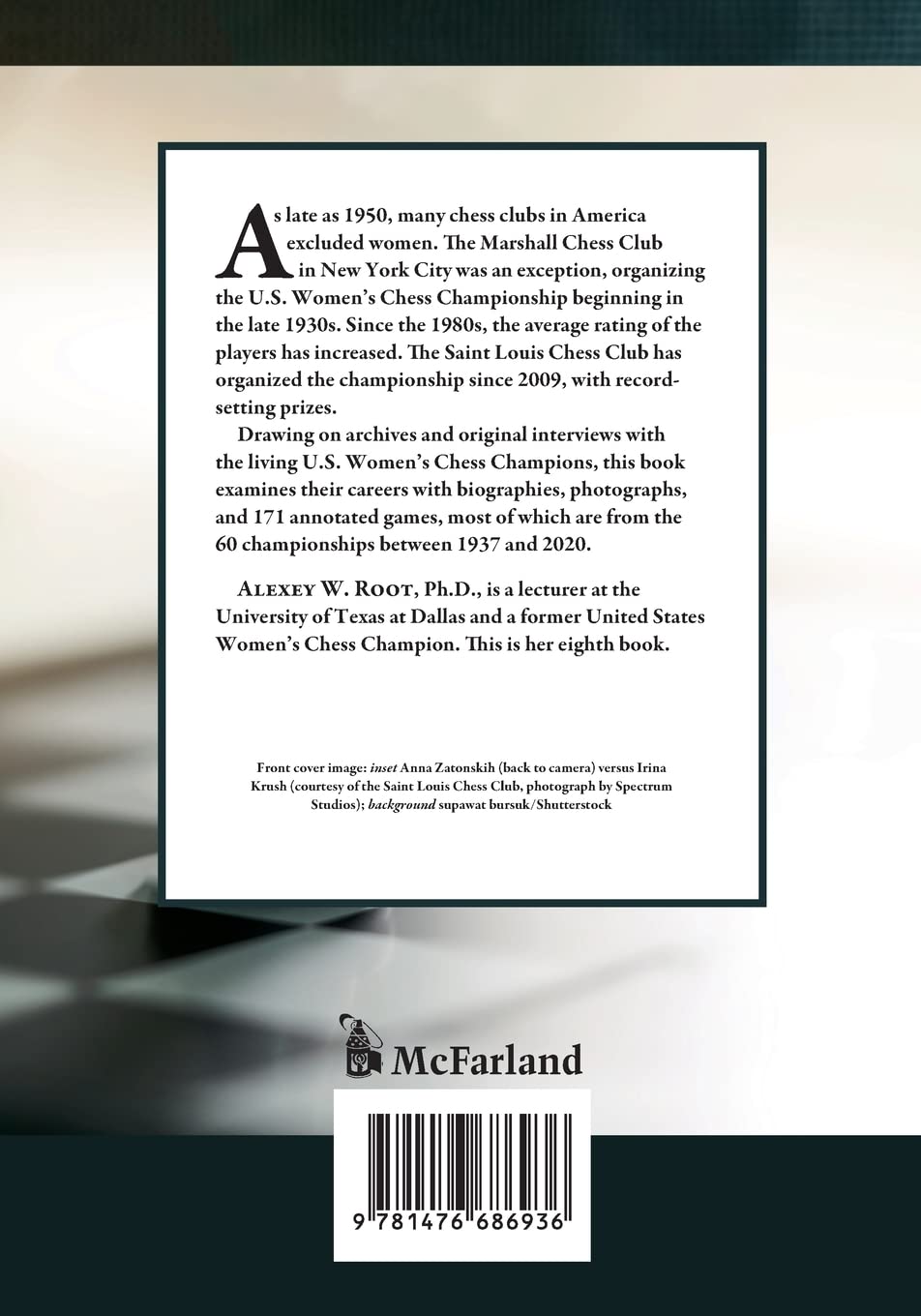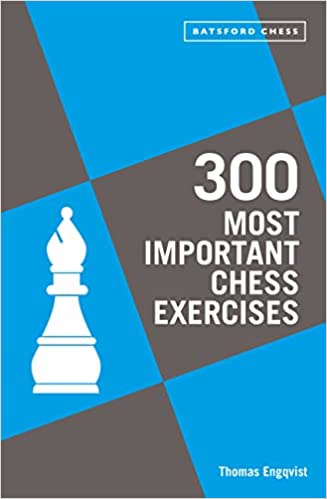
From the Batsford web site:
“An informative and accessible new book by Thomas Engqvist, the practical follow up to his previous two authoritative chess books: 300 Most Important Chess Positions and 300 Most Important Tactical Chess Positions.
Filled with 300 engaging chess exercises and complete solutions in the end of the book, this book will allow you to apply and consolidate your newfound knowledge. The book is divided into four key sections: ·75 exercises practising positional ideas in the opening/middlegame ·75 exercises covering the endgame ·75 tactical exercises in the opening/middlegame ·75 tactical endgames.
The exercises featured in the book are taken from real game positions from various renowned chess players, including Capablanca and Magnus Carlsen.”
About the Author:
“Thomas Engqvist is an International Master from Sweden. He has over 30 years’ experience as a chess coach and teacher. He has worked with players at world championship level in both junior and correspondence chess. He is the author of 300 Most Important Chess Positions and 300 Most Important Tactical Chess Positions, both published by Batsford.

From the back cover:
- In-depth analysis of the 300 most important exercises according to the famous principle “less is more”. The less you study the less you forget.
- Practice the most important positional and tactical ideas in all phases of the game by solving just five positions every week for one year.
- Find out if the positional or tactical idea crops up in your mind, regardless of whether you have seen the idea before or not.
Well, if you solve five positions every week it will take you 60 rather than 52 weeks to complete the book, but never mind. The claim that you’ll improve more by studying less is also rather silly: the real point is that the quality rather than the quantity of your study is important.
It continues:
In this highly instructive exercise book, International Master and experienced chess coach Thomas Engqvist outlines the 300 most important chess exercises. A sequel to 300 Most Important Chess Positions and 300 Most Important Tactical Chess Positions, this is the perfect manual for players who want to reach a higher level but don’t have the time to spend hours every week on less productive study.
Each numbered position is a test-yourself quiz to help cement the positional and tactical understanding that you have acquired. This book can be your life-long companion, enabling you to apply and solidify your positional and tactical chess knowledge.
Swedish International Master Thomas Engqvist has almost 40 years experience as a chess coach, teacher, writer and player. He has successfully worked with players at world championship level in both junior and correspondence chess. He works as a teacher at a school outside Stockholm. He is the author of eight chess books. This is his third book for Batsford Chess.
Yes, I get the point. Not everyone who wants to improve has the sort of time to spare that would be required to benefit from a book like this. Most of us have other commitments: just solving five exercises a week might be ideal. And what about the title? Are these exercises more important than the positions in the previous books? Who is to determine importance anyway. An exercise that’s important to me might not be important to you.
Let’s see what the author has to say in his introduction.
300 Most Important Chess Exercises starts off with 150 opening and middlegame positions to solve and the quota is 75 exercises where you practice positional ideas, and 75 exercises where the focus is on tactics. The other half of the book deals with 75 positional endings and 75 tactical endings. This is the only hint the solver will get.
This, then, is the final volume of a trilogy, with exercises based on the material in Engqvist’s two earlier Batsford books. If you’ve read and enjoyed them (sadly, I haven’t) you’ll undoubtedly want this as well. However, the author points out that it’s not necessary to have read them to read and benefit from this book.
The back cover claims that it’s a Universal book – suitable for players of all strengths.
No, it’s not. There’s an assumption that readers are proficient players with a good understanding of the game – say about 1500 strength. At the same time, some of the exercises will be familiar to more experienced players. I’d put the target range for this book, then, as in the region of 1500-2000 rating, although slightly weaker and slightly stronger players may also benefit.
I found Engqvist’s comments on the very first position in the book particularly interesting.
This is from a Morphy – Schulten game (New York 1857) with White to play.
White played 10. Bf4 here, but was it best? What would you suggest?
Engqvist:
Morphy claimed his 10th move was an improvement on 10. Qxd6 which was given in the leading treatises of the day (Hanstein – von der Lasa in Staunton’s “Handbook”). However this is not true if one consults the computer programs Komodo and Stockfish. It’s good to capture the d6-pawn as long as White can maintain pressure on the d-file. What’s more is that there is an even better move, suggested by both computers, namely 10. Nc3!. This is very interesting since Komodo makes good evaluations and Stockfish is good at deep calculations, but they still come up with the same move!
This simple Knight move also follows Lasker’s principle that a knight should be developed before the bishop. The idea is to prepare Bf4 next move without allowing the d-file to be closed after …d5 . Morphy played according to the principle of development so his move is understandable, but the computers’ choice is the most precise. Even if we do know that development is on the agenda, we must also think carefully which piece to move first.
This tells you a lot about the author. Here we have someone who is well versed in chess history and culture, but also able to use modern technology effectively. Beyond that he has the ability to explain abstact concepts clearly and unambiguously.
Although that example may have been familiar to you if you’ve studied Morphy’s games, there are other exercises which you almost certainly won’t have seen before. Like this one, number 79, so it’s a tactical puzzle.
What would you play for White here?
This is from the less than Famous Game Kludacz – Pavlovskaya (Hasselbacken Open (Women) Stockholm 2001).
The whole game is interesting for anyone playing the Queen’s Gambit with either colour. White has launched a Minority Attack and now continued with 21. e4? which Black met with Bxh3!?, eventually winning the game.
Did you see how she could have done better?
21. h4! Ne6 22. Nce4!!
Presumably Kludacz missed the following knight sacrifice…
22… dxe4 23. Nxe4
White exploits the tactical weaknesses on f6 and c6. Black has no effective defence.
23… Qc7
If 23… Qe7 then 24. Qxc6
24. Nf6+ Kf8
White doesn’t need to cash in on f8 but can exploit the pin on the c-file.
25. d5!
Now Black’s position collapses and White wins.
Helpfully, Engqvist provides the whole game here so that readers can see how the position arose from the opening.
The second half of the book covers endgame exercises. Like other authors such as Judit Polgar and RB Ramesh, whose books I’ve reviewed recently, Engqvist believes that solving endgame studies is a very valuable form of chess training, so here we have a mix of studies and positions from practical play. He finds pawn endings especially fascinating, so there are plenty here.
Take this one, for example.
It’s White to play here (Kalinicev – Schulz Cham 1992). What would you suggest.
I guess most players, like me, would play 1. Ke7 here without a second thought, but it’s not the correct answer.
Engqvist:
The first time I saw this endgame I wrote in my private annotations that it’s “incredible that this move doesn’t win!” From a visual point of view it certainly seems that White’s king will wipe out the whole kingside of pawns like a vacuum cleaner, but that turns out to be an optical illusion. The key move to winning is to play according to Nimzowitsch’s rule, which states that you should hem in the target before blockading it and only then destroy it!
1. g4! would have prevented Black from moving his f-pawn to f5. Then 1… Kd3 2. Ke7 f6 3. Kf7 Ke2 4. f4 Kf3 5. f5. The f-pawn is now blockaded and a future attacking target. 5… Kg3 6. Kxg7 Kxh3 7. Kxh7 (7. Kxf6 Kxg4 8. Ke6 also wins but it’s unnecessary to give Black some hope even though that would be futile.) 7… Kxg4 8. Kg6 and White’s f-pawn decides.
Instead, the game concluded:
1. Ke7? f5 2. Kf7 Kd3 3. Kxg7 f4!! 4. Kxh7 Ke2 5. g4 Kxf2 6. g5 f3 7. g6 Kg3! 8. g7 f2 9. g8=Q+ Kxh3 with a drawn position because an eventual Qg3+ will be met by Kh1.
If you mistakenly went for Ke7 here then this may well be the book for you.
It does beg a question, though. This is billed as a positional endgame exercise, which it undoubtedly is, but it’s certainly tactical as well.
Of course positional and tactical chess are inextricably entwined, and, by the time you get to the ending, they’re really the same thing. The whole idea of splitting endgame exercises into ‘positional’ and ‘tactical’ seems very artificial to me. I’d guess this was the publisher’s rather than the author’s decision.
You probably hadn’t seen that position before (it’s not even in MegaBase), but if you’ve read anything on pawn endings you’ll almost certainly have seen the Famous Ending Cohn – Rubinstein (St Petersburg 1909), which you’ll also meet here. “If you only study one endgame with many pawns this is the one”, according to Engqvist, who discusses it over two pages. Regular readers of endgame manuals will find several other old friends as well: there’s six pages devoted to another Famous Ending, Timman – Velimirović (Rio de Janeiro 1979), to take just one example. Exercises 212-214 cover the ending of RB v R: the solutions cover 11 pages: extremely useful if you want to learn this ending, but I guess it’s debatable how important it is for average club players.
Here’s a quick endgame study from the last section of the book: tactical endgame exercises. See if you can solve it yourself before reading on.
White to play and draw (Prokes 1939)
A very game-like position, you’ll agree, and you were probably brought up with the knowledge that, in the absence of kings, two pawns on the sixth rank beat a rook.
In this instructive study, White’s king, contrary to appearances, is just about close enough.
Here’s the solution:
1. Kg4 e2 (1… d2 2. Kf3 Kd3 3. Ra1 e2 4. Ra3+ Kc2 5. Ra2+ Kc1 6. Ra1+ Kb2 7. Kxe2 =) 2. Rc1+ Kd4 (2… Kb3 3. Kf3 d2 4. Rb1+ Kc2 5. Kxe2 Kxb1 6. Kxd2 =) 3. Kf3 d2 4. Rc4+!! Kd3 (4… Kxc4 5. Kxe2 Kc3 6. Kd1 Kd3 =) 5. Rd4+!! Kxd4 6. Kxe2 Kc3 7. Kd1 =
I hope you managed to solve this. But was it purely tactical or positional as well? What do you think?
To sum up, then, it’s very clear from this book that Thomas Engqvist is an exceptional teacher, who, like all exceptional teachers, knows exactly what he’s doing and why he’s doing it. Unlike some less experienced authors he doesn’t just throw a load of GM positions at you, show you a pile of computer generated variations and expect you to play like Carlsen.
To refer again to two other excellent books I’ve reviewed recently, if you find Ramesh too heavy and Polgar’s exciting enthusiasm grating, I’m sure Engqvist will hit the sweet spot for you. In that case you’ll probably want to investigate his two earlier Batsford books as well, and perhaps read them first. As the authors take very different approaches and cover different topics, ambitious club players would do well to buy both Polgar and Engqvist. Young players who are aiming for IM or GM titles and have plenty of time to study would, on the other hand, be better off with Ramesh.
I’m just not sure that the format of the book is the best way to present Engqvist’s material, especially since endgames are both positional and tactical at the same time. (What the best format actually would be is an interesting question: different readers will prefer different formats. If you really, as Engqvist does, want to make the training environment resemble a tournament game you might want to mix the positions up rather than give a clue as to whether it’s a positional or tactical exercise.) I’m also not sure that the subtitle ‘Study five a week to become a better chess player’ is particularly helpful or realistic. Some of the positions require little time and explanation while others require a lot. The author himself doesn’t suggest in his introduction that this is the best way to use his book. As I suggested above, this book, notwithstanding the claims on the back cover, is far too advanced for beginners, but would be a great choice for anyone rated in the region of 1500-2000, or perhaps a bit higher.
But of course publishers do whatever it takes to sell copies, including resorting to unhelpful titles and unrealistic claims, and people don’t always buy chess books for rational reasons. Which is why it’s a good idea to read impartial reviews first.
The book is published to Batsford’s usual standards and appears to be free from the typos that mar books by some other publishers. The English might not always be totally idiomatic but is perfectly comprehensible throughout. I note that there is no mention of translators or proofreaders at the front of the book.
A book by an outstanding teacher, then, and, if the style and contents appeal to you, very highly recommended for club standard players ambitious to improve their rating.
Richard James, Twickenham 12th January 2023

Book Details :
- Paperback: 416 pages
- Publisher: Batsford (5 May 2022)
- Language: English
- ISBN-10:1849947511
- ISBN-13:978-1849947510
- Product Dimensions: 15.57 x 2.29 x 23.5 cm
Official web site of Batsford


